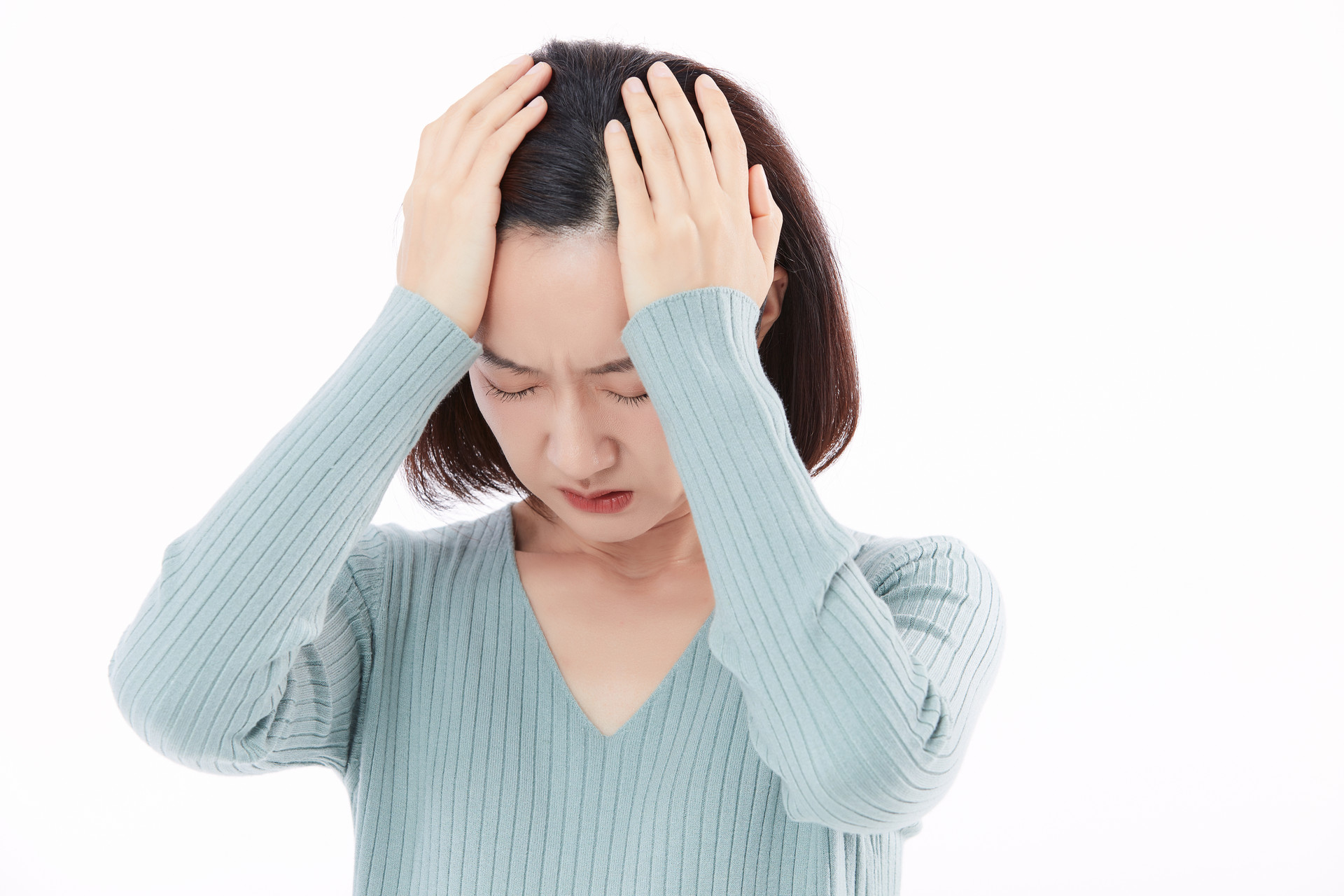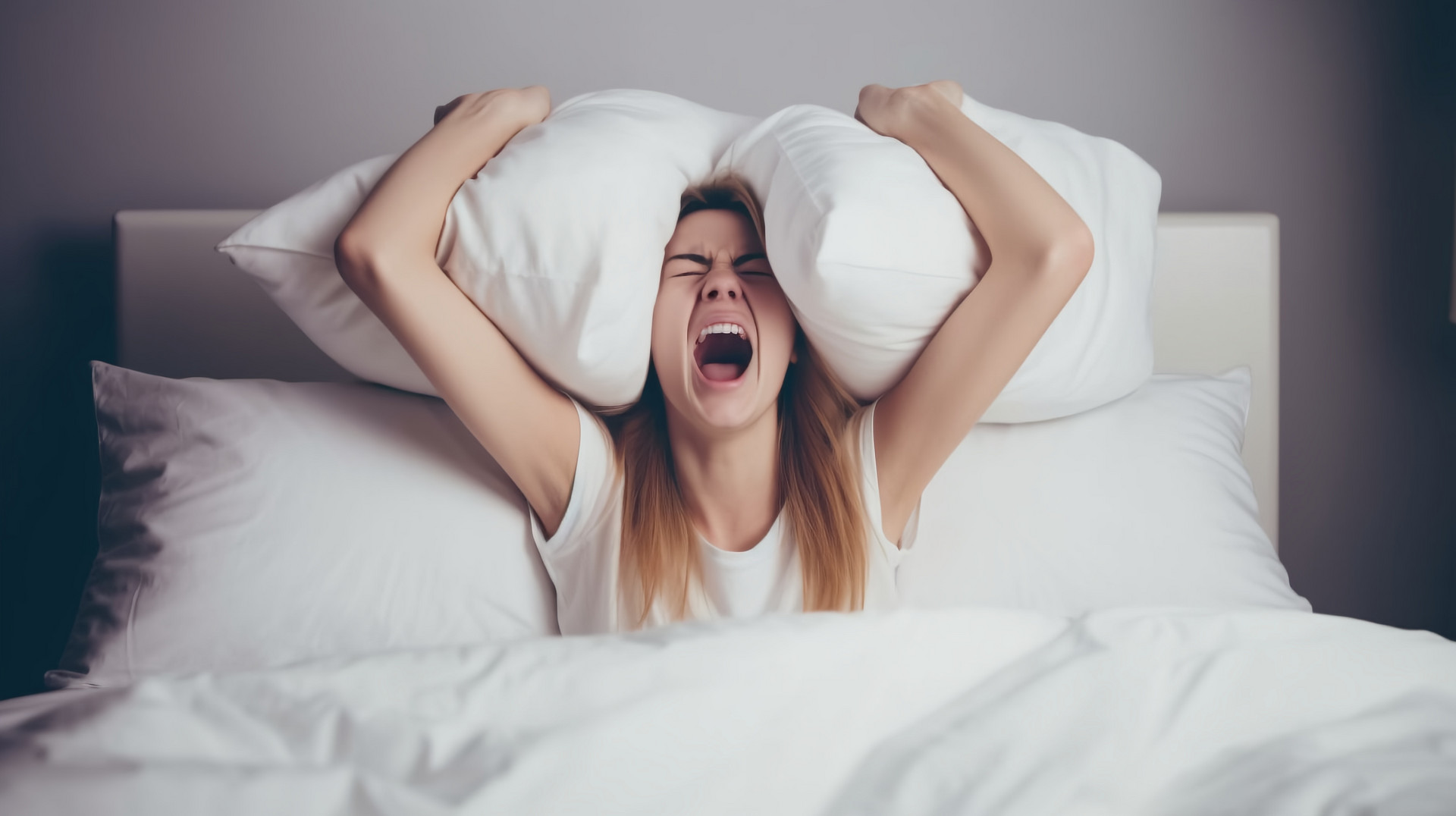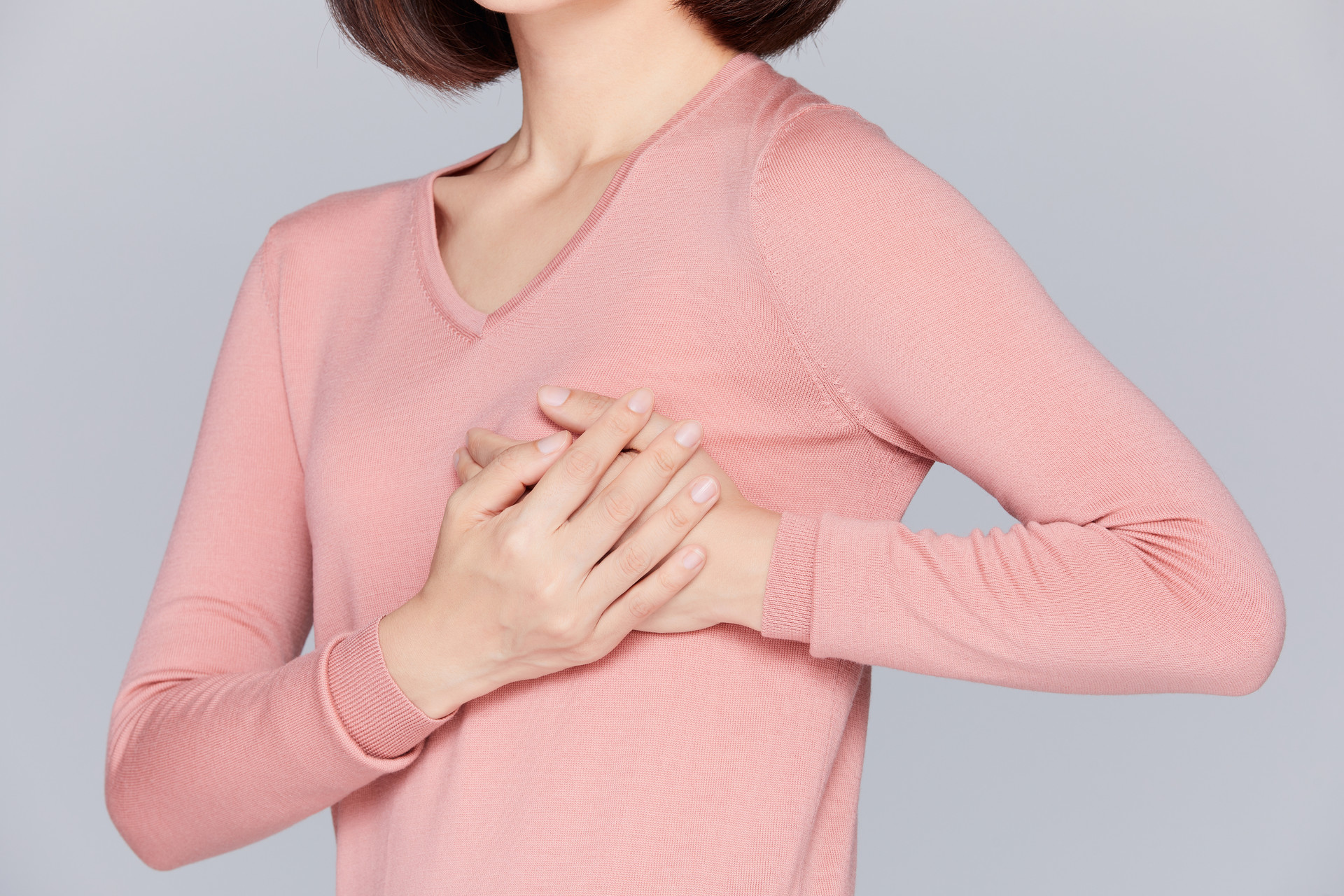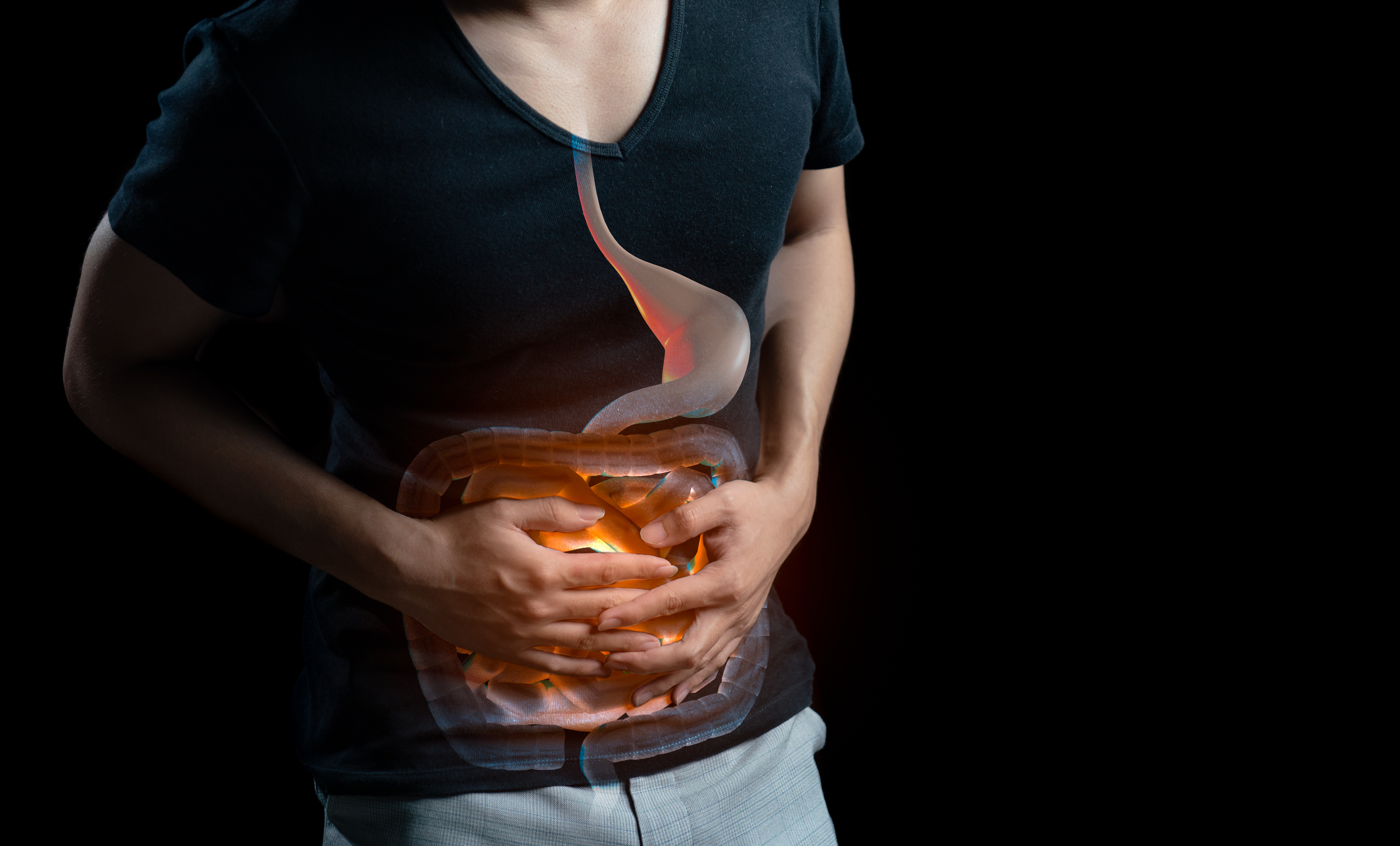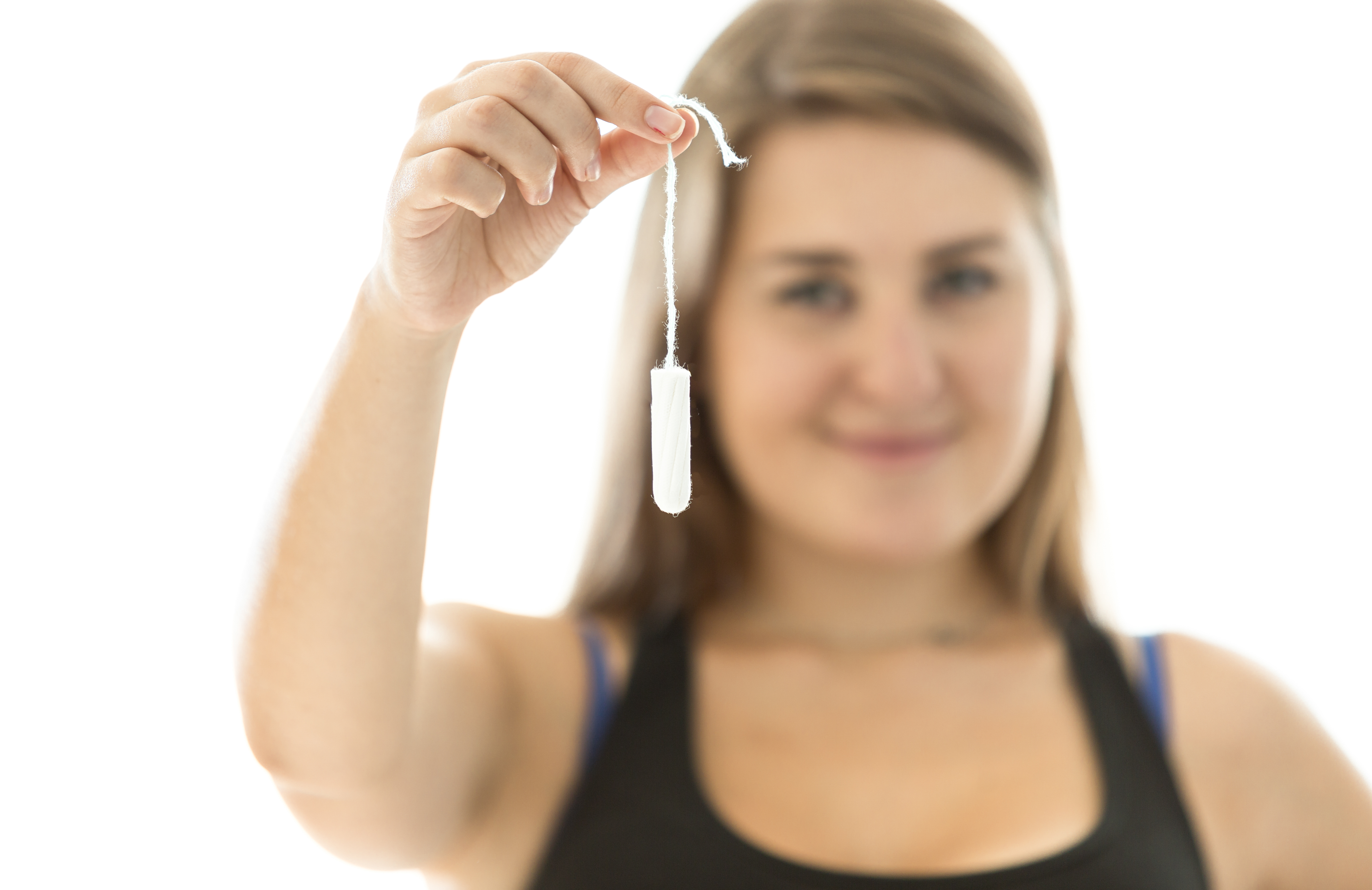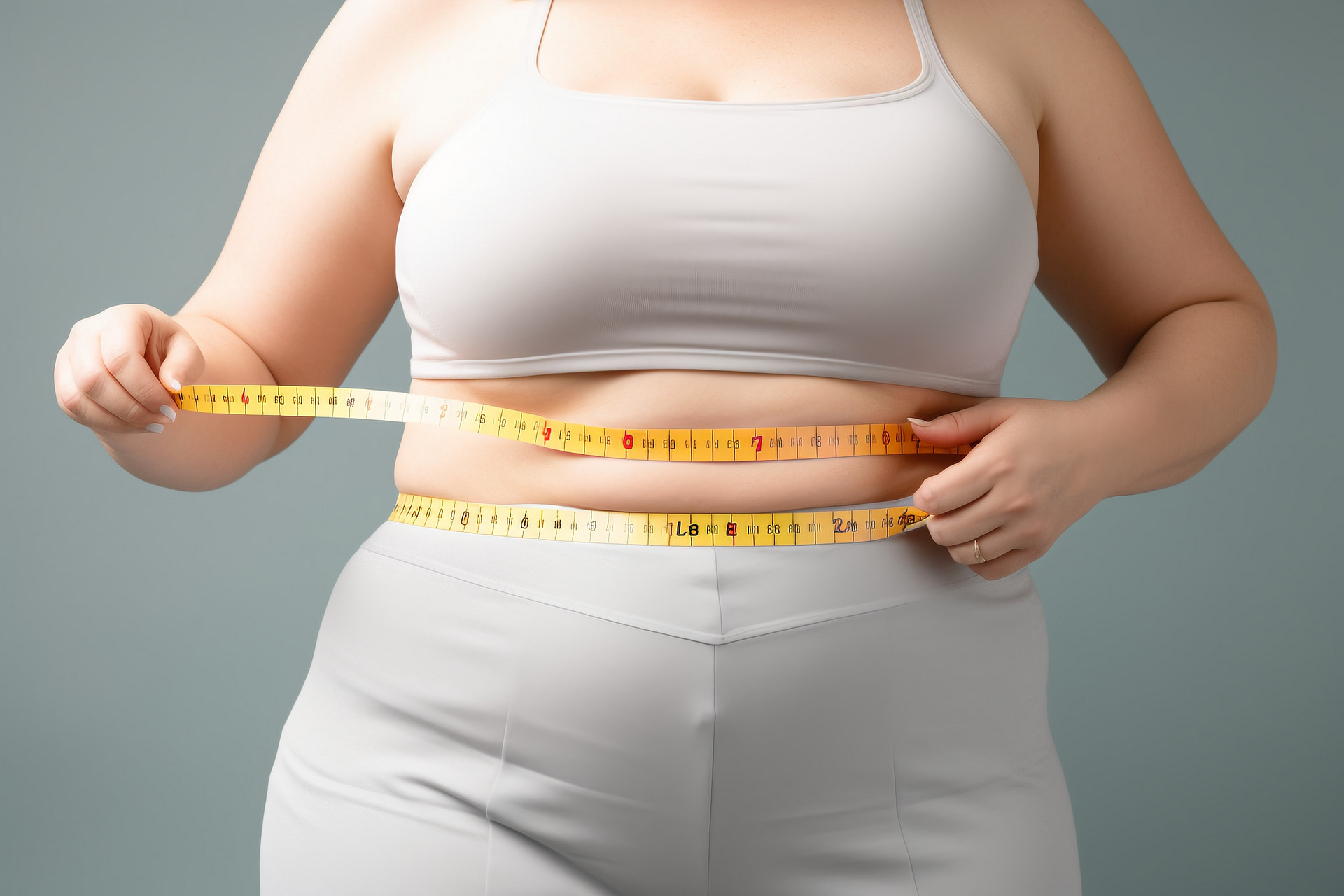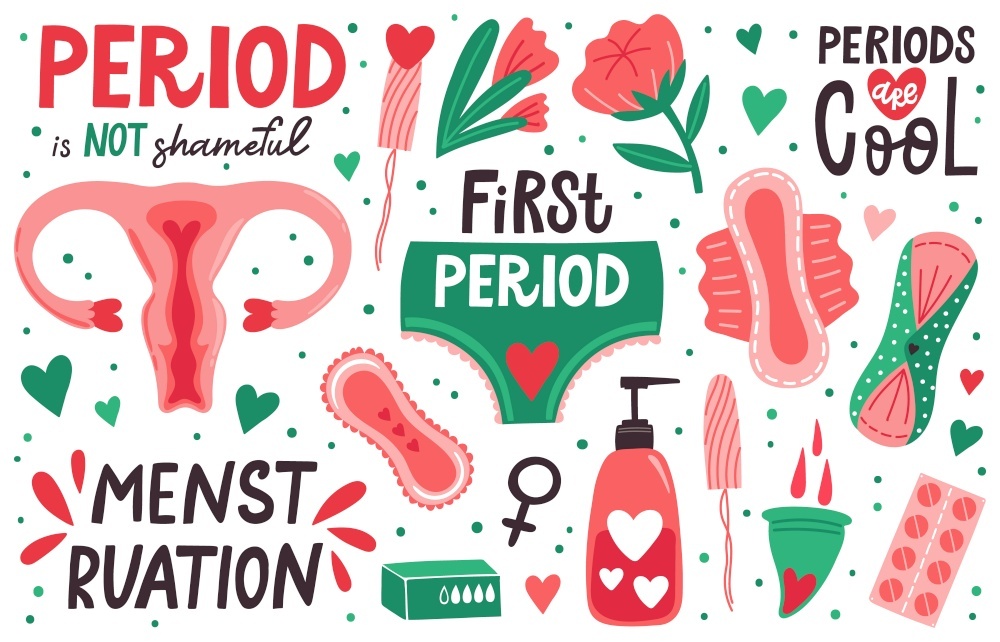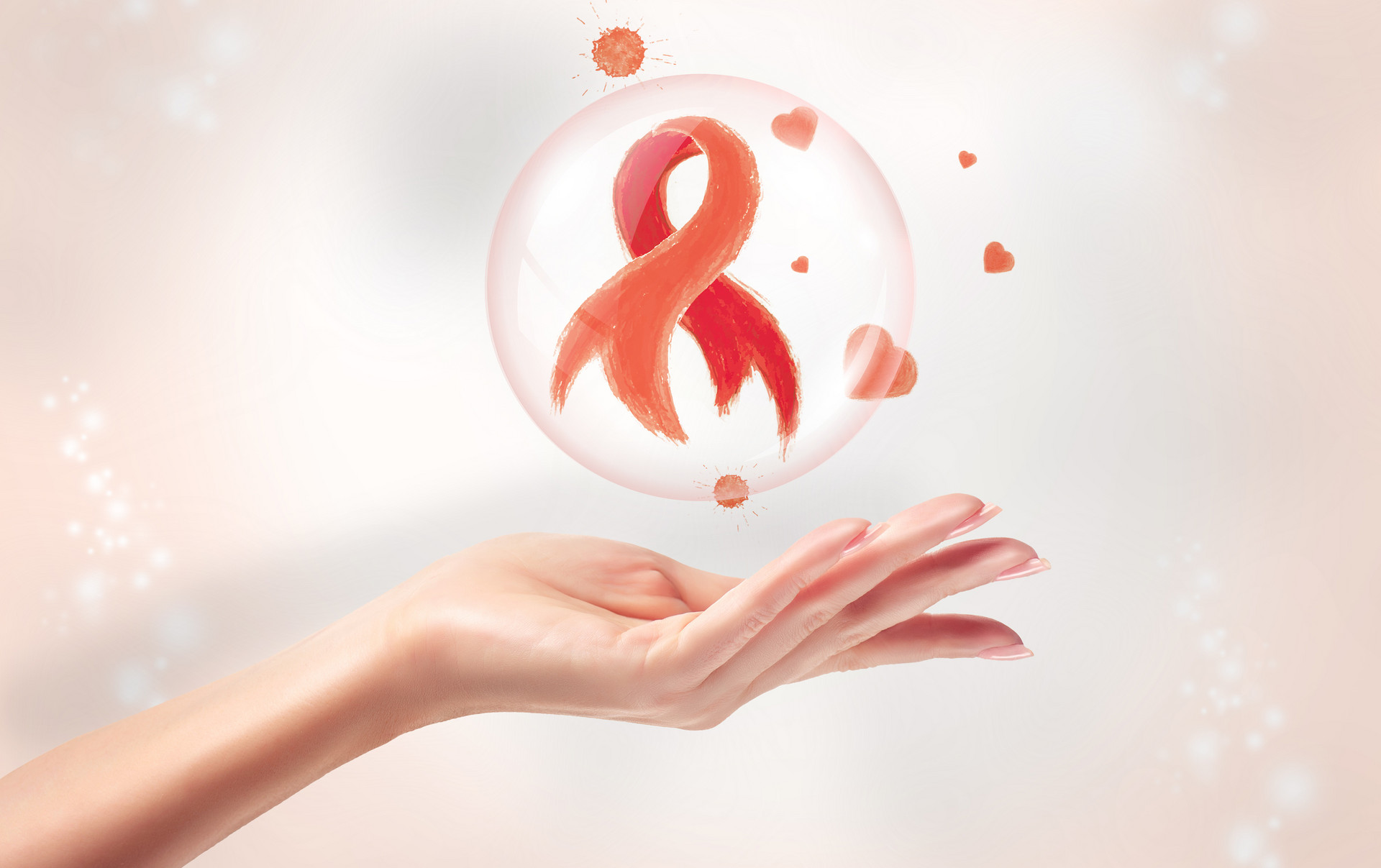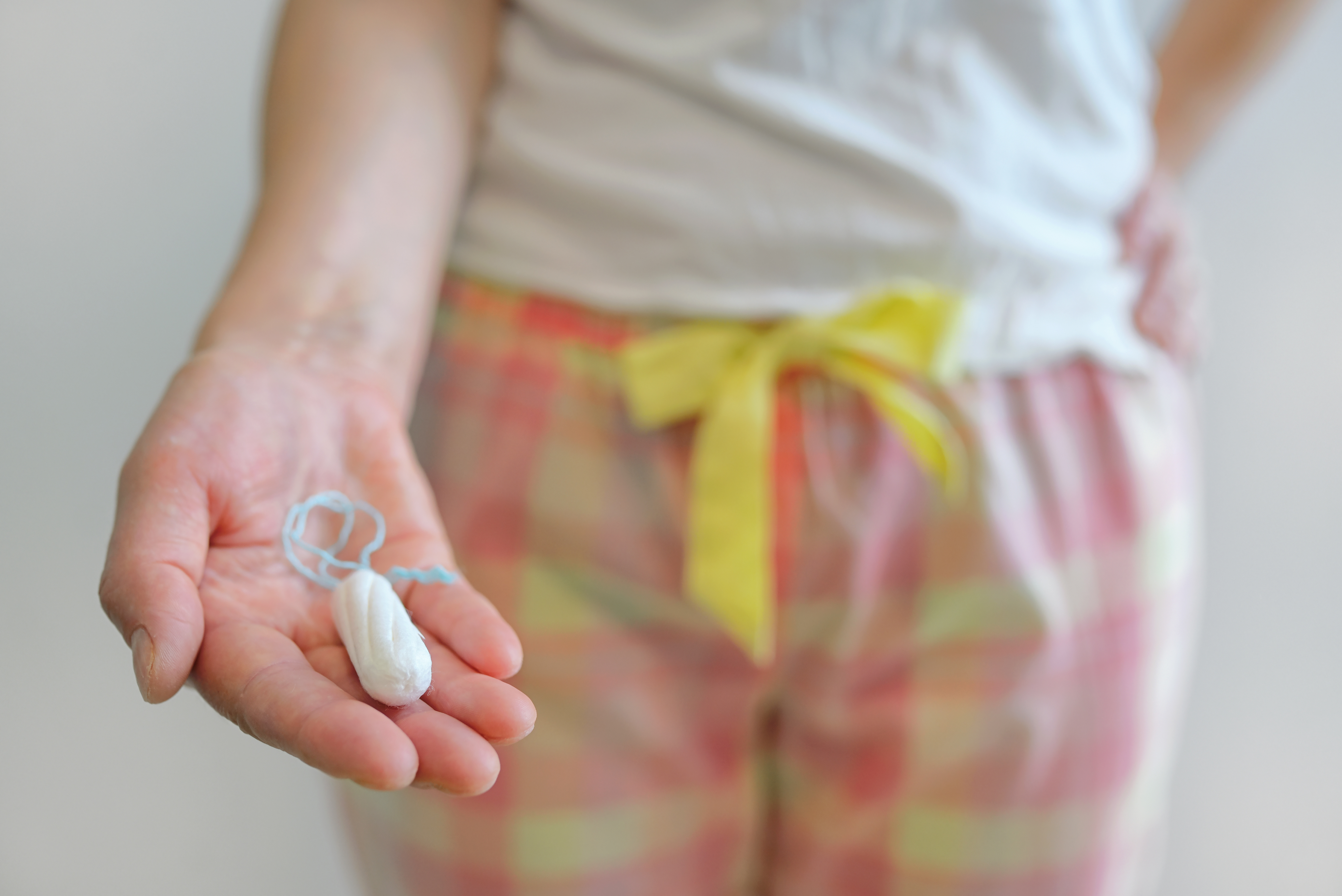Causes of Chloasma
Chloasma is a common skin problem that affects many middle-aged women. Due to an increase in melanin production, the once fair and radiant skin loses its luster and allows chloasma to creep onto our faces. The best way to deal with chloasma is through internal regulation. Below, we will introduce a comprehensive guide to dietary therapy for chloasma in different situations, helping you get rid of chloasma and avoid having a dull complexion!
Chloasma is a dermatological condition characterized by localized brownish or tan pigmentation changes on the face. It is clinically characterized by symmetrical skin lesions, varying in size and shape, with no subjective symptoms. Both men and women can develop chloasma, and it is more common in pregnant women or women with irregular menstrual periods, as well as in patients with certain chronic diseases. Sun exposure can worsen the skin lesions.
1. Liver Depression and Qi Stagnation
【Clinical Manifestations】Skin lesions are light to dark brown patches, varying in size, with irregular edges. They are distributed symmetrically around the eyes and face, and may be accompanied by distension and pain in the rib area, irritability, loss of appetite, dark coloration of the lesions before menstruation, breast distention, thin white coating on the tongue, and wiry and slippery pulse.
【Dietary Therapy】Spot-reducing Soup: 10g of loofah vine, 10g of white poria, 10g of silkworm, 10g of white chrysanthemum flower, 20g of pearl powder, 3 rose flowers, and 10 red dates. Boil and drink the concentrated soup.
Betel Nut and Chenpi Wine: 20g of betel nut, 20g of dried tangerine peel, 10g of green tangerine peel, 10g of rose flowers, 5g of cardamom, a suitable amount of rock sugar, and 1500ml of yellow wine. Put the ingredients and wine in a pot, cover it tightly, and steam over low heat for 20-30 minutes. Filter out the residue and store for later use.
2. Disharmony of Liver and Spleen
【Clinical Manifestations】Skin lesions are chestnut-colored, map-like patches with irregular edges, distributed symmetrically on the cheeks, around the eyes, nose, and mouth. They may be accompanied by distension and pain in the chest and abdomen, bloating, loose stools, irregular menstrual periods in women, a white and greasy tongue coating, and wiry and slippery pulse.
【Dietary Therapy】Atractylodes and Poria Chicken: 15g of atractylodes, 15g of poria, 10g of fructus aurantii, 20g of gold orange cake, and 1 chicken. After cleaning the chicken, remove any impurities, and put the atractylodes and other ingredients into the chicken cavity. Steam the chicken over water until cooked, and remove the residue.
3. Spleen Deficiency due to Overwork
【Clinical Manifestations】Skin lesions are grayish-black patches, shaped like a butterfly, symmetrically distributed on the sides of the nose, forehead, and mouth with blurred edges. They gradually darken from the edges toward the center. They may be accompanied by shortness of breath, fatigue, bloating, poor appetite, or phlegm retention and stagnation, pale tongue, greasy tongue coating, and wiry and slippery pulse.
【Dietary Therapy】Beautiful Complexion Wine: 120g of red dates, 120g of walnut, 30g of almonds, 100g of honey, 70g of butter, and 1000g of white wine. Soak and peel the almonds, boil them for four to five times until dry, then grind them together with the walnuts and red dates. Dissolve the honey and butter in the white wine in a bottle, and soak the previous three ingredients in the wine for seven days before removing them.
Rehmannia, Poria, and Cinnamon Wine: 100g each of raw rehmannia, poria, cinnamon bark, dried ginger, plantain, and Sichuan pepper, and 3000ml of white wine. Put all the ingredients and wine in a pot, boil until boiling, and then remove and let cool. Alternatively, put the ingredients in the wine, close tightly, and soak for 15-20 days.
Five White Cakes: 50g of white lentils, 50g of white lotus seeds, 50g of white poria, 15g of white chrysanthemum flowers, 50g of Chinese yam, 100g of flour, and 100g of white sugar. Wash and dry the first five ingredients, grind them into fine powder, mix them with flour, add water to make dough, or add fresh yeast to make it ferment. After fermentation, knead in white sugar, steam over high heat for 30 minutes, and cut into pieces after removing from the steamer.
4. Insufficient Kidney Water
【Clinical Manifestations】Skin lesions are blackish-brown patches, varying in size and irregular in shape, with clear edges. They are mainly centered around the nose and symmetrically distributed on the face. They may be accompanied by dizziness, tinnitus, lower back pain, weak legs, restlessness, heat in the chest, nocturnal emissions in men, infertility in women, red tongue, little coating, and thin and rapid pulse.
【Dietary Therapy】Pork Kidney and Chinese Yam Congee: 1 pair of pork kidneys (remove fascia and glands, chop into small pieces), 200g of polished glutinous rice, 100g of Chinese yam (peeled and chopped), 50g of coix seed, a suitable amount of salt and monosodium glutamate. Blanch the chopped pork kidneys to remove blood, and then simmer them with Chinese yam, coix seed, polished glutinous rice, and a suitable amount of water over low heat until they become congee. Add salt and monosodium glutamate to taste and eat in multiple servings.
Walnut and Soy Milk: 30g of walnuts, 200g of milk, 200g of soy milk, 20g of black sesame, and a suitable amount of white sugar. Put the walnuts and sesame seeds in a small millstone and grind while pouring into a pot. After grinding, pour evenly into a pot, add milk and soy milk, and bring to a boil. Finally, add a small amount of white sugar.
Kidney-Nourishing Wine: 30g each of raw rehmannia, cooked rehmannia, Ophiopogon japonicus, dwarf lilyturf, poria, and ginseng, and 1600ml of white wine. Put all the ingredients and wine in a pot, cover it tightly, and steam over low heat for 20-30 minutes. Filter out the residue and store for later use.


